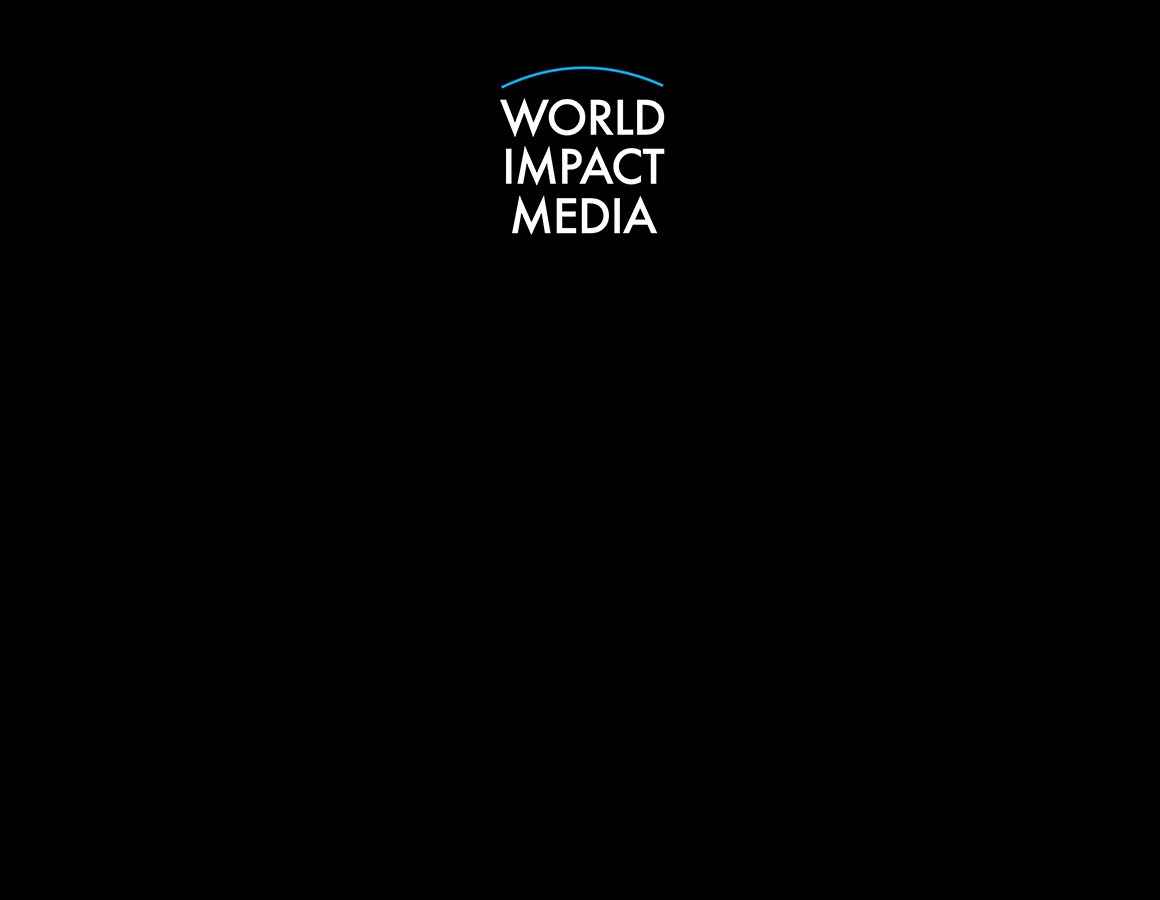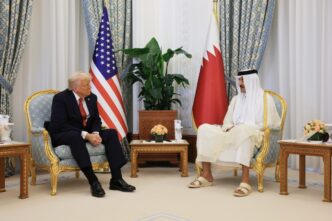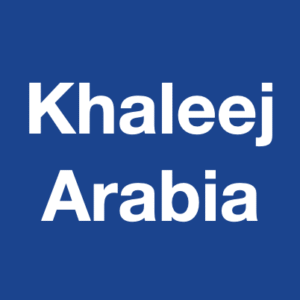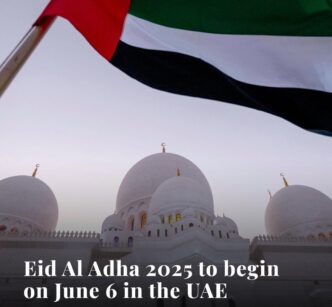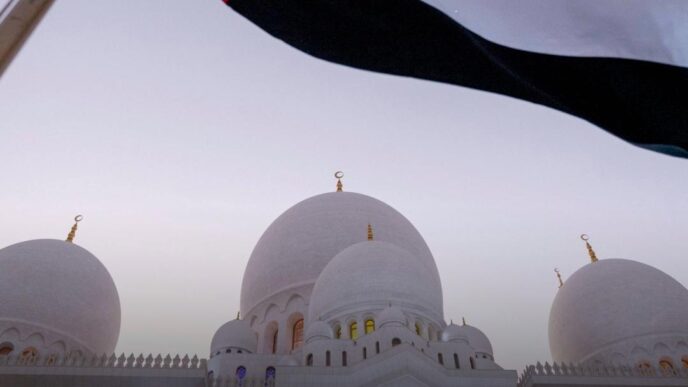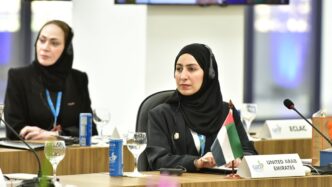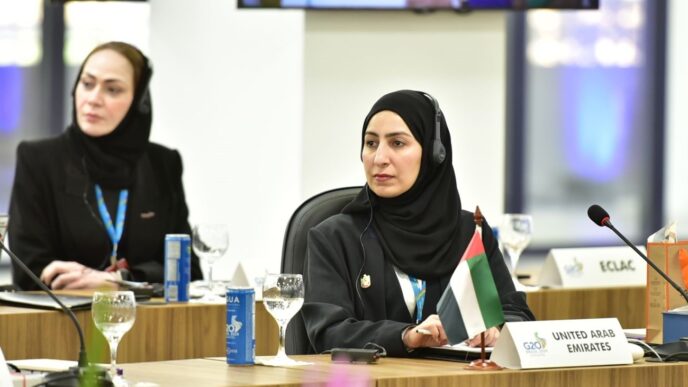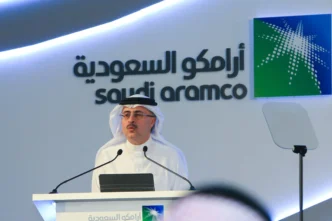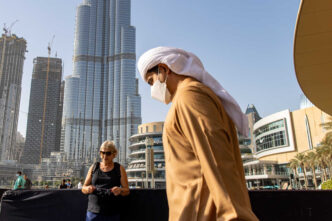In 2025, a powerful trend continues to shape global finance: Middle Eastern nations are increasingly investing in the United States. From real estate and tech to renewable energy and infrastructure, Gulf sovereign wealth funds and private investors are pouring billions into American markets. But what’s driving this strategic economic movement—and what does it mean for the future?
1. Diversification Away from Oil
Middle Eastern economies, particularly in the Gulf Cooperation Council (GCC), are accelerating efforts to reduce their dependence on oil. Countries like Saudi Arabia, the United Arab Emirates, and Qatar have ambitious national visions—such as Saudi Vision 2030 and UAE Vision 2071—that prioritize economic diversification.
Investing in U.S. assets offers stability and access to high-growth sectors like technology, healthcare, and renewable energy. These investments help Gulf nations generate sustainable returns and reduce exposure to fluctuating oil markets.
2. Access to Innovation and Technology
The U.S. is home to Silicon Valley, top-tier universities, and the world’s most advanced technology ecosystems. Middle Eastern sovereign wealth funds—such as Saudi Arabia’s Public Investment Fund (PIF) and Mubadala of Abu Dhabi—are deeply interested in cutting-edge innovation.
By investing in startups, venture capital, and artificial intelligence firms in the U.S., Gulf nations are not only generating returns but also importing knowledge and expertise back to their own countries to support local development.
3. Strategic Political and Economic Partnerships
The Middle East’s deepening investment ties with the U.S. also reflect broader geopolitical goals. Gulf countries value their political alliances with Washington and view economic collaboration as a strategic tool to strengthen these relationships.
By becoming major stakeholders in the U.S. economy, these nations gain influence and secure long-term partnerships that can be leveraged in diplomacy, defense, and international trade.
4. Stability and Regulatory Confidence
The U.S. market offers political stability, legal protections, and regulatory transparency—factors highly valued by investors. Compared to riskier emerging markets, the U.S. remains a safe harbor for long-term capital, especially during times of global economic volatility.
Large-scale acquisitions in American real estate, logistics, and infrastructure have surged, particularly in cities like New York, Los Angeles, and Miami, where long-term asset appreciation is expected.
5. Green Energy and ESG Goals
Middle Eastern investment strategies are rapidly aligning with global Environmental, Social, and Governance (ESG) standards. Gulf states are actively funding clean tech, electric vehicles, and carbon capture initiatives in the U.S.
These investments support their own climate goals while helping the U.S. accelerate its clean energy transition—creating a win-win scenario for both parties.
Looking Ahead
Middle Eastern investments in the U.S. are not short-term opportunism—they are part of a long-term vision to reshape the Gulf’s economic future. As global power dynamics shift, expect these capital flows to increase, deepen, and evolve.
For the U.S., these funds provide much-needed capital for innovation, infrastructure, and clean energy. For the Middle East, they offer a ticket to global influence and economic transformation.
In a world where capital is power, the Gulf is playing a smart, strategic game—and the U.S. is more than willing to open its doors.
